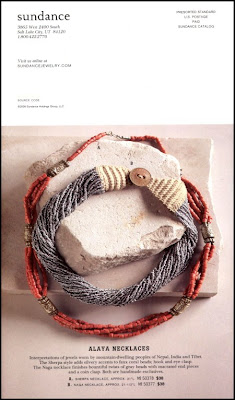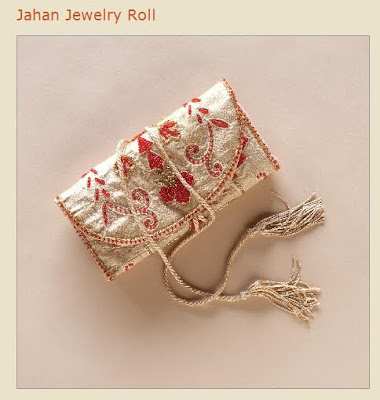Indigo Printing
As I travel through this vast country, I am constantly amazed at the speed and direction of change that is taking place. India has transformed from a primarily agrarian society to a high tech leader. There is a buzz that money has created. It brings new twists to my approach to printing fabrics. I will talk more about this in my next blog.
I have used traditional age old techniques in the remote regions of Rajasthan to create an indigo bedding group for a museum catalog. I am proud to say that because of this resurgence in indigo, we are able to keep a village active with its craft of dyeing, block printing and shipping superior quality bedding that is not only unique, but beautiful.
With the introduction of large scale factories and chemicals, we were constantly threatened with the extinction of the hand blocked printers and dyers. The mission of the House of Pennathur is to preserve age old crafts and support the master craftsmen in the handicraft and textile sectors in India. With this in mind we chose this printer’s family in Jaipur. It is a family run studio. The sons help him do the book keeping and overseeing of the printers and he as the old master personally supervises the mixtures in the vats, the printing and dyeing, because he is a sole owner of a relatively small plant of printers and dyers. Their family has been a resident of Sanganeer for centuries and has specialized in printing since the 19th century. Our printers have been following the same technique of printing for centuries and the family has been printing in Sanganeer for the past 200 years. . This family has handed down the technique of vegetable dyeing and printing from father to son and is famous for their award winning designs and printing.
Conscious of using only materials found in the earth, they do all the printing from vegetable dyes which is organic and is eco sensitive. The process of indigo dyeing is labor intensive. For instance, the indigo vat has living organisms – molasses slaked lime, water, etc., and are kept till the materials are ready to be dyes – about a 3 week process. Then areas of the fabric are coated with a viscous material of an organic paste of earth, gum from trees, slaked lime. After each printing, sawdust is applied so the next layer laid on it doesn’t smudge; the printed cloth is dried in the sun and then dipped in the vat. Although the cloth looks green when removed from the vat, exposure to the oxygen in the air changes the indigo to a beautiful blue color.
Indian dyers were considered magicians by travelers, who saw them putting a white cloth into a pale liquid of indigo dye and when the cloth appeared from the dye bath it was still white. It was only when it came into contact with oxygen and it became blue. Multiple immersions and exposure to the air enriched the color. People felt this was a magical transformation. Printed fabrics were in common use throughout North India, as well as for home use. They also became important export items.
Long known for its superb hand block printing, Sanganeer is primarily a textile printing town and is about 20 km from Jaipur in the desert state of Rajasthan. The most important cotton printing center, it follows the traditional technique of printing, which is only found in the desert belt. Here people specialize in the use of alizarin, indigo and a range of vegetable colors.
Lore has it that Indigo is the color of the playful Lord Krishna and is auspicious. In both the Sanganeer and Bagru prints, the colors are picked carefully. Each has a separate significance. For instance, red is the color of love, yellow of spring, indigo of Lord Krishna, and saffron of the yogi (seer).
This dyer worships Lord Krishna and takes great pride in his printing.
The day usually starts late for the printers around 10 am and after a leisurely cup of tea they open the printing operation. Due to the extremes of heat and cold, often the printers will work in the evening hours as well. Dyed fabric is carried in carts pulled by camels and carry it through the desert for finishing. Printing is not only a career, but a passion to these artisans who have perfected this art of printing and dyeing.
Asked what the sons were planning to do they reply “take over my father’s printing business of course…so I too can be a well known printer and win awards for my work!”
I feel strongly that through the work we do with the national museums in the USA we can keep these age old crafts alive.



